Oklahoma (/ˌoʊkləˈhoʊmə/ ⓘ OHK-lə-HOH-mə; Choctaw: Oklahumma, pronounced [oklahómma]; Cherokee: ᎣᎧᎳᎰᎹ, Okalahoma, pronounced [ògàlàhǒːmã́]) is a landlocked state in the South Central region of the United States. It borders Texas to the south and west, Kansas to the north, Missouri to the northeast, Arkansas to the east, New Mexico to the west, and Colorado to the northwest. Partially in the western extreme of the Upland South, it is the 20th-most extensive and the 28th-most populous of the 50 United States. Its residents are known as Oklahomans and its capital and largest city is Oklahoma City. The state's name is derived from the Choctaw words okla, 'people' and humma, which translates as 'red'. Oklahoma is also known informally by its nickname, "The Sooner State", in reference to the Sooners, settlers who staked their claims in formerly American Indian-owned lands until the Indian Appropriations Act of 1889 authorized the Land Rush of 1889 opening the land to white settlement.
^ Oklahoma State Capitol
With ancient mountain ranges, prairie, mesas, and eastern forests, most of Oklahoma lies in the Great Plains, Cross Timbers, and the U.S. Interior Highlands, all regions prone to severe weather. Oklahoma is at a confluence of three major American cultural regions. Historically, it served as a government-sanctioned territory for American Indians moved from east of the Mississippi River, a route for cattle drives from Texas and related regions, and a destination for Southern settlers. There are currently 26 Native American languages spoken in Oklahoma. According to the 2020 U.S. census, 14.2 percent of Oklahomans identify as American Indians, the highest indigenous population by percentage in any state.
A major producer of natural gas, oil, and agricultural products, Oklahoma relies on an economic base of aviation, energy, telecommunications, and biotechnology. Oklahoma City and Tulsa serve as Oklahoma's primary economic anchors, with nearly two-thirds of Oklahomans living within their metropolitan statistical areas.
Etymology
The name Oklahoma comes from the Choctaw language phrase okla, 'people', and humma, translated as 'red'. Choctaw Nation Chief Allen Wright suggested the name in 1866 during treaty negotiations with the federal US government on the use of Indian Territory. He envisioned an all exclusive American Indian state controlled by the United States bureau of Indian Affairs. Oklahoma later became the de facto name for Oklahoma Territory, and it was officially approved in 1890, two years after that area was opened to American settlers.
In the Chickasaw language, the state is known as Oklahomma', in Arapaho as bo'oobe' ( lit. 'red earth'), Pawnee: Uukuhuúwa, and Cayuga: Gahnawiyoˀgeh.
Settlements
Indigenous peoples were present in what is now Oklahoma by the last ice age. Ancestors of the Wichita and Affiliated Tribes (including Teyas and Escanjaques and Tawakoni), Tonkawa, and Caddo (including Kichai) lived in what is now Oklahoma. Southern Plains villagers lived in the central and west of the state, with a subgroup, the Panhandle culture people, living in the panhandle region. Caddoan Mississippian culture peoples lived in the eastern part of the state. Spiro Mounds, in what is now Spiro, Oklahoma, was a major Mississippian mound complex that flourished between AD 850 and 1450. Plains Apache people settled in the Southern Plains and in Oklahoma between 1300 and 1500.
20th and 21st centuries
Attempts to create an all-Indian state named Oklahoma and a later attempt to create an all-Indian state named Sequoyah failed but the Sequoyah Statehood Convention of 1905 eventually laid the groundwork for the Oklahoma Statehood Convention, which took place two years later. On June 16, 1906, Congress enacted a statute authorizing the people of the Oklahoma and Indian Territories (as well what would become the states of Arizona and New Mexico) to form a constitution and state government in order to be admitted as a state. On November 16, 1907, President Theodore Roosevelt issued Presidential Proclamation no. 780, establishing Oklahoma as the 46th state in the Union.
Oklahoma had 598 incorporated places in 2010, including four cities over 100,000 in population and 43 over 10,000. Two of the fifty largest cities in the United States are in Oklahoma, Oklahoma City and Tulsa, and sixty-five percent of Oklahomans live within their metropolitan areas, or spheres of economic and social influence defined by the United States Census Bureau as a metropolitan statistical area. Oklahoma City, the state's capital and largest city, had the largest metropolitan area in the state in 2020, with 1,425,695 people, and the metropolitan area of Tulsa had 1,015,331 residents. Between 2000 and 2010, the leading cities in population growth were Blanchard (172.4%), Elgin (78.2%), Jenks (77.0%), Piedmont (56.7%), Bixby (56.6%), and Owasso (56.3%).
Gender issues
In 2022, Oklahoma was rated the worst state for women in a WalletHub study. The Oklahoman did investigative reporting and highlighted the inequities of men and women in the state based on this report. The Sentencing Project has highlighted the harsh sentencing laws in Oklahoma, such as Failure to Protect laws, which tend to over punish women than it does men who in an April 2023 report. The Human Rights Campaign has also pointed out cases of the Oklahoma legislature's actions against the LGBTQ population and censuring of a nonbinary lawmaker.
If you want to read a whole lot more, go here: https://en.wikipedia.org/wiki/Oklahoma
- SERVES
- 4
- COOK TIME
- 15 Min
Here's a crowd-pleasing way to serve salmon! Our Golden Salmon Bake is creamy, crunchy, and mouthwatering-good. It features a homemade, mayo-based dressing and a crunchy, butter cracker topping that's irresistible. Even picky eaters will be asking for seconds!
- 1/3 cup mayonnaise
- 2 tablespoons Italian dressing
- 1 teaspoon Dijon mustard
- 1 tablespoon finely chopped sweet onion
- 1/4 cup panko bread crumbs
- 1 tablespoon butter, melted
- 1/4 teaspoon paprika
- 1 1/2 pound salmon fillets
- 1/4 teaspoon salt
- 1/4 teaspoon black pepper
- Preheat oven to 400º. Coat a 9- x 13-inch baking dish with cooking spray.
- In a small bowl, combine mayonnaise, dressing, mustard, and onion; mix well.
- In another small bowl, combine bread crumbs, butter, and paprika; mix well.
- Sprinkle salmon evenly with salt and pepper on both sides, and place in baking dish. Spread mayonnaise mixture over salmon, then sprinkle with bread crumb mixture.
- Bake 15 to 20 minutes, or until golden and fish flakes easily with a fork.
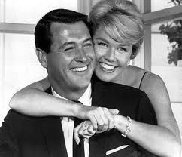

1934 – Jane Goodall, English zoologist
1942 – Marsha Mason, American actress
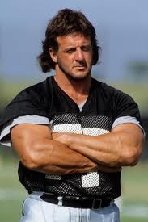
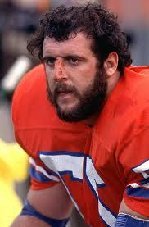
Every April 3rd National Chocolate Mousse Day recognizes the decadent dessert that gained popularity in France in the 1800s.
Mousse is prepared by beating eggs or cream or both to a frothy, airy consistency and then folding the ingredients together to create a light, creamy delight.
While mousse can be either savory or sweet, for this day, we will focus on that all-time favorite, chocolate.
The words mousse and chocolate are derived from the French language, so it isn’t difficult to believe France is where to begin looking for the beginnings of this versatile creation. While we have no exact point in time when this might have been, we do know chocolate was introduced to the French around the year 1615, and they fell in love.
Then a century later, the French developed a method for making a mousse. Savory led the way, but it couldn’t have been long before the same approach was applied to chocolate.
In the United States, an advertisement in The Brooklyn Daily Eagle in 1887 included classes on how to make chocolate mousse offered by a Miss Parloa. She also advised how to make potato soup, larded grouse, potato timbale, and corn muffins.
From dark chocolate to milk chocolate, bittersweet, or any combination, there is plenty of variety when it comes to chocolate mousse.



.jpg)



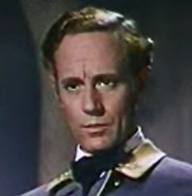
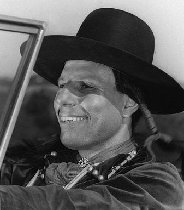
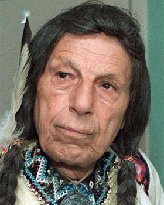
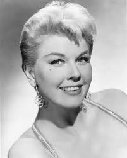
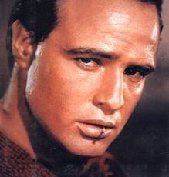
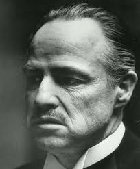
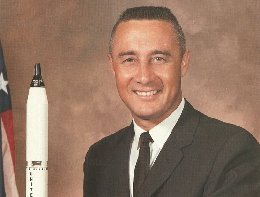
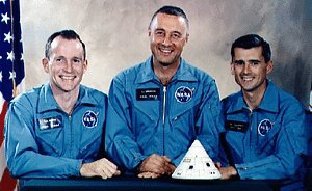
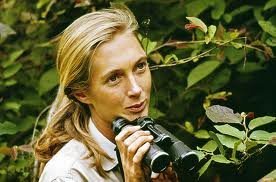
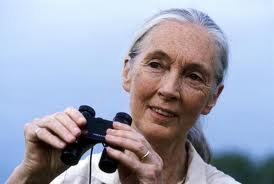
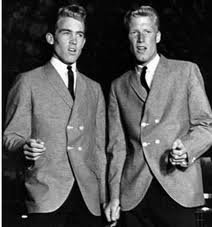
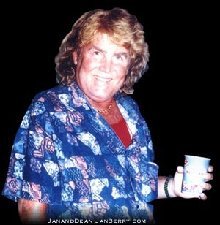
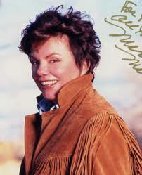
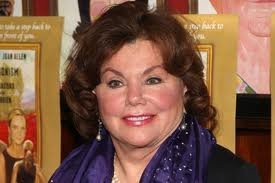
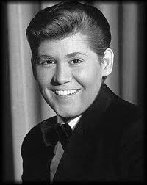
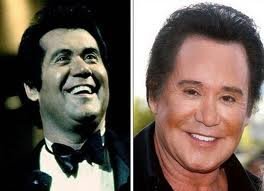
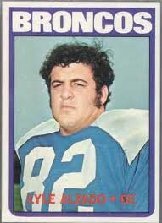
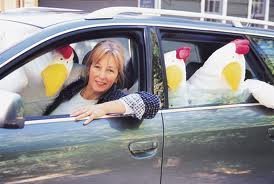
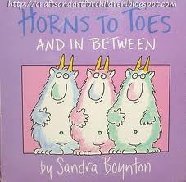
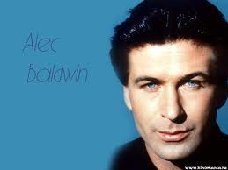




No comments:
Post a Comment